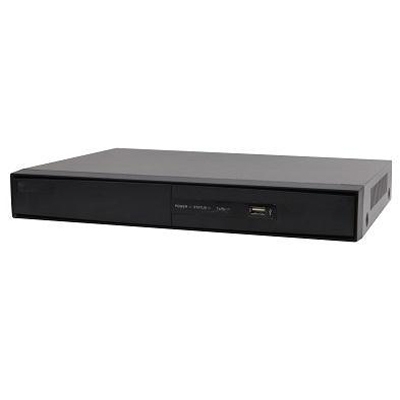The newest version of FEIG Electronic’s successful UHF Long Range Reader – the LRU1002 – adds new capabilities, easier installation and seamless integration with RAIN RFID and FEIG’s reader and antenna product family.
LRU1002 UHF Long Range Reader
“Simpler operation through interoperability is what customers want,” says Klaus Schoeke, Vice President of Technical Sales and Support for FEIG. “The LRU1002 UHF Long Range Reader is the latest example of how we’re designing our products for secure RFID in parking, personnel access and inventory management.”
With a range of up to 40 feet (12 metres), the UHF Long Range Reader is the perfect solution for systems where the reading distance and the number of tags read simultaneously are important, such as automatic vehicle identification (AVI), industrial, vehicle access, parking and warehouse forklift/logistics tracking, traffic monitoring and parking management, laundry services and waste management.
New features and capabilities
The updated LRU1002 Long Range Reader packs a host of new, user-friendly features, well matched for vehicle identification and logistics access control system applications.
Easy Configuration Cloning: Reader configurations are easily stored on USB stick drives for quick copy and seamless transfer to other readers.
The new LRU1002 Long Range Reader has six inputs and outputs that enable vehicle access control applications with multiple lanes |
Full external UHF multiplexer support: The LRU1002 Long Range Reader supports ID ISC.ANT.UMUX 8 Channel Multiplexer. The antenna cable now supplies connection and multiplexer power, greatly simplifying installation by eliminating an external power supply and additional cabling.
At-a-glance Antenna Indicators: LED indicators show active, reading events, and event mismatches.
For these applications, the new LRU1002 Long Range Reader also has a battery-based real-time clock, and an improved Wiegand interface, which makes the reader compatible with common access control systems. An optional Wiegand switch allows two-lane monitoring.
Added access control security
Since access control systems must be highly secure in sensitive areas, the LRU1002 Long Range Reader is compliant to standardised cryptographic security using AES 128-bit keys that can be managed from the reader or the host system. These keys are used for secure authentication of transponders such as UCODE DNA chip from NXP according to EPC Class1 Gen2 V2 and ISO29167, and prevent access to unauthorised persons with a cloned transponder.
Extensive technical equipment
The new LRU1002 Long Range Reader has six inputs and outputs that enable vehicle access control applications with multiple lanes. The reader supports the EPCglobal low level reader protocol (LLRP) and has 4 hardware interfaces (Ethernet, RS232, USB and Wiegand), offers a protection function against malfunctions, such antenna short-circuit, antenna mismatch or electrostatic discharge and supplies protection class IP64 so the unit is suitable for use in harsh industrial environments.



























